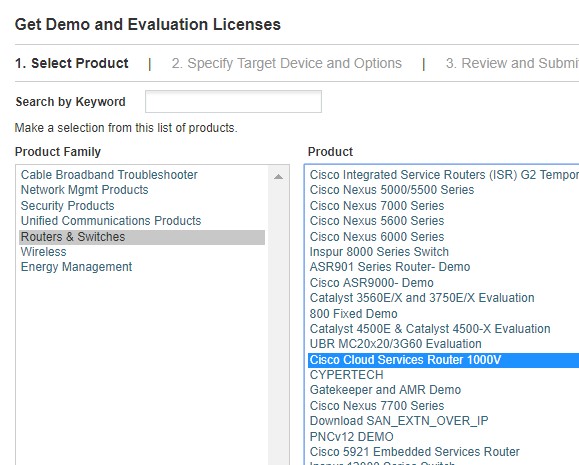Need to setup a CCIE Collaboration lab?
Want to practice your SIP skills?
Need to run a PoC with ITSP integration?
Don’t have a spare ESXi server?
No worries.
This is how you install a vCUBE on virtually any PC using free software.

Build pro IOS configs. FAST.
Install VMware Workstation Player
That’s the easy part. VMware workstation player is free for non-commercial use,
you can download it here.
I won’t insult your intelligence, so I’ll just skip the installation screenshots.
Install vCUBE
Now that we have WMware workstation installed we can continue to vCUBE installation.
This is where things usually go wrong, but if you follow these steps you should be good to go in no time.
vCUBE is based on the CSR1000v – Cloud Service Router platform, and this is what we are going to use to run it.
CSR1000v Download
You can get a copy here.
Do note that you will need a Cisco account with some privileges to download it.
The file that you need to download is the ISO file.
CSR1000v Installation
Right, time for some action.

Run the VMware Workstation Player and click the Create a New Virtual Machine
Find your ISO file and click ‘next’.

The second step is to choose the OS.
Under Linux, choose Other Linux 2.6.x kernel 64-bit

Choose a nice name for your CUBE

Choose a disk size. 8GB is enough.
In the next screen click Customize Hardware and change the following parameters.
- Memory- 4GB is recommended. In the lab it should work with 2048MB but I’ve seen some issues with it so definitely start with 4GB and then play around.
- Processors- You can use as little as one processor, vCUBE should work fine, but load time will suffer. I recommend using 4 processors for the setup stage, you can change it later.
- Network Adapters- This is the critical part. CSR1000v requires at least three NICs on three different networks.
When you install VMWare Workstation Player, it automatically adds three adapters: VMnet0, VMnet1 and VMnet8.
You’ll have to manually add Network Adapter 2 & 3 and assign them to a
Custom: Specific Virtual Network.
So that you’ll have the following outcome:

You can also use the bridged option instead of VMnet0.
That’s it. You can play the VM.

Since we didn’t map any Serial interface, we can simply use the Virtual (VGA) Console

For the image type, choose packages.conf and you are ready to go.
vCUBE NIC Mapping
Here is the output of the show ip interface brief command:

Note that my Gig1 interface is in my home network and is fully routable,
But Gig2&3 are using virtual networks that are only routable on my PC.
You can run ipconfig on your PC to check the local IP addresses of these interfaces.
If you want to use these interfaces, you’ll might have to add some routing to your network but it’s not necessary for CUBE to work.
CUBE License
Depending on the IOS version, your CSR1000v will load by default with the AX license level.
It might come with 100, 1000 or 2500 kb/s throughput limit.
You can check it by using the show run and the show platform throughput level commands.

If your CUBE has performance issues, this is were you have to check.
Don’t expect your CUBE to perform on 100 kb/s restriction.
Fortunately, it’s not a big deal, you can easily get a lab eval license from the licensing portal. This is how:
- Run the show license udi command and extract the UDI parameter.
- Go the Cisco License portal and choose Get Licenses –> Demo and Eval
- Find the CSR1000v via R&S product family

- Choose the AX license and enter your UDI
- Once you have the lic, move it to vCUBE’s flash and install it by using the command:
license install bootflash:lic25ax.lic - Configure the boot level by using the command:
license boot level AX
wr
reload - Verify using:
show license detail
show platform throughput level
Let me know how it went in the comments.

Build pro IOS configs. FAST.
Hi, can you please let me know the network part on the vsphere if my host machine is a mac, in mac we use vmfusion and it does not show vmnet options